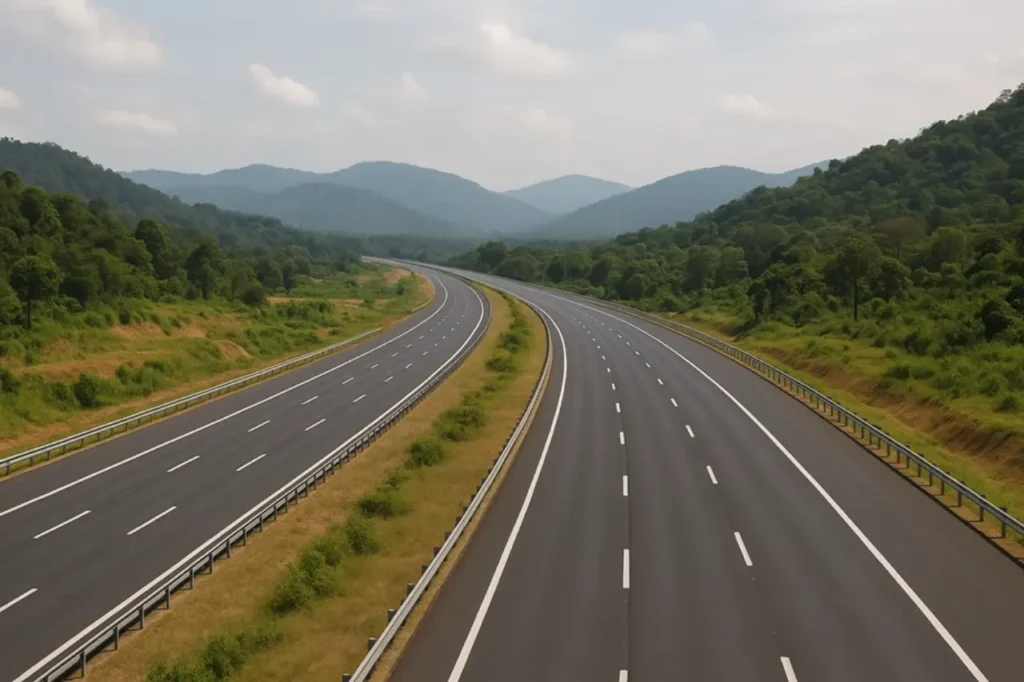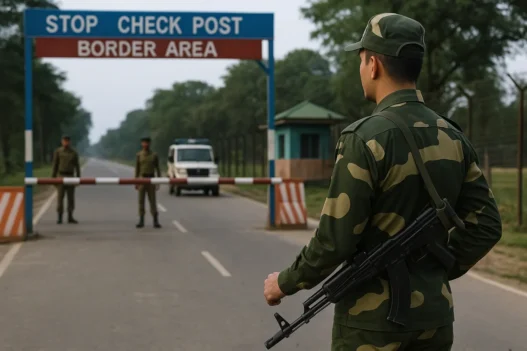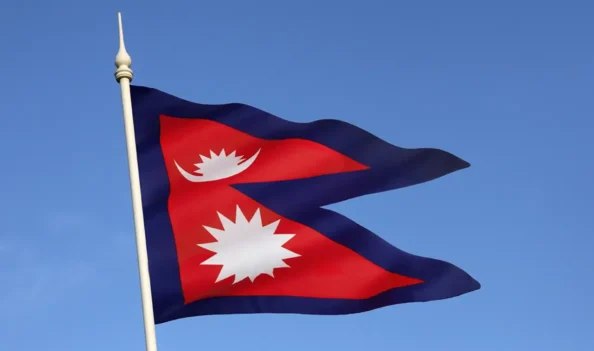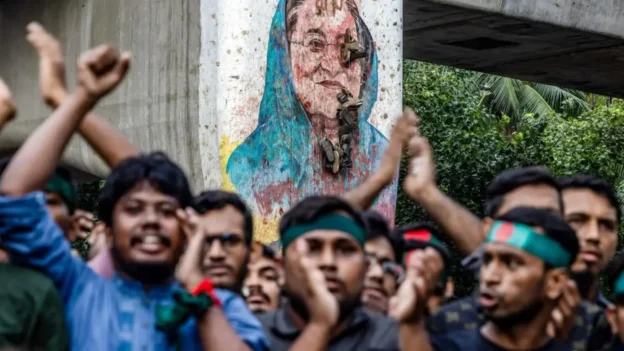India’s northeastern connectivity manifested simultaneously through two diverse channels in 2023: Bangladesh’s formal extension of Chittagong and Mongla port access and Myanmar’s long-awaited Sittwe Port operationalization.
While the Bangladesh option initially appeared superior—bolstered by robust Modi-Hasina diplomatic ties and relative stability, Myanmar’s alternative emerged despite the country’s ongoing post-coup civil unrest. This parallel development created a fascinating strategic hedge for India’s northeastern states seeking vital Bay of Bengal maritime access, with each transit corridor presenting distinct geopolitical advantages and vulnerabilities against a backdrop of evolving regional power dynamics.
New Shillong-Silchar Highway Project
On April 30, the Modi government unlocked a massive Rs.22,864 crore project to build a 167 km highway from Shillong to Silchar that will transform Northeast connectivity. The Shillong-Silchar expressway creates a vital transportation artery connecting Guwahati, Shillong, and Silchar while ultimately facilitating smoother goods movement toward Myanmar’s Sittwe Port. By integrating with major transport corridors, including NH-27, NH-106, and NH-206, the project creates a seamless logistics network that extends India’s northeastern supply chains to international waters.
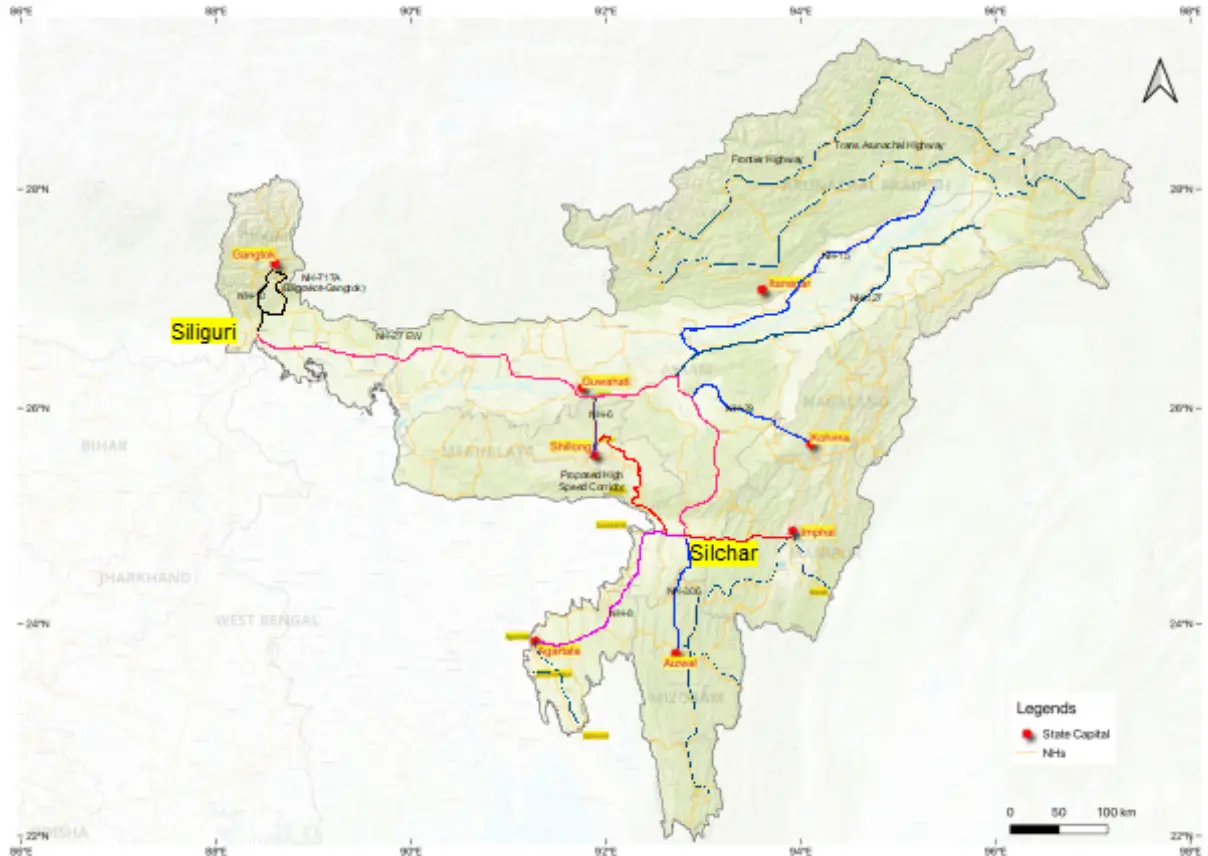
Through the project, steel, pharmaceuticals, and textiles from Assam and Meghalaya will soon have a faster route to international markets, bypassing the crowded chicken’s neck corridor. For traders and manufacturers who’ve waited decades for reliable sea access, this highway represents the backbone of a new supply chain reaching from Guwahati all the way to Southeast Asian markets.
India’s diplomatic counterpunch
The Union Cabinet’s clearing the highway project by New Delhi is being reported as a bold diplomatic counterpunch to Bangladesh’s perceived stranglehold on Northeast India’s maritime access. The timing speaks volumes: just weeks after Bangladesh’s interim government’s Chief Advisor, Muhammad Yunus’s provocative “landlocked” jab, India doubled down on this strategic corridor that bypasses Bangladesh entirely, linking directly to Myanmar’s Sittwe Port. Last week, New Delhi gave a tough message to Dhaka by banning Bangladeshi garments through India’s northeastern land ports.
Yunus crossed the red line by calling India’s Northeast “landlocked” while courting China, effectively threatening India’s sovereignty in its most vulnerable corridor. With Bangladesh’s economy spiraling after Hasina’s ouster, Delhi’s calculated chokehold on $700 million RMG exports delivers an unmistakable warning: Northeast access isn’t Bangladesh’s bargaining chip, especially not with Beijing waiting in the wings.
Therefore, this over Rs 22k crore project isn’t merely infrastructure—it’s Delhi’s insurance policy against Dhaka’s political volatility following Sheikh Hasina’s ouster in August last year. Continuing further, this isn’t just another road—it’s the missing puzzle piece connecting India’s landlocked northeast to Myanmar’s Sittwe Port. The new corridor slashes travel time between major northeastern cities while creating a straight shot from mainland India to the Bay of Bengal through Myanmar’s territory.
Sittwe Port’s strategic location
Sittwe Port, nestled on Myanmar’s Kaladan delta and finally operational after India welcomed that first cement-laden vessel from Kolkata in May 2023. This represents one of India’s shrewdest geopolitical chess moves in decades. This deep-sea behemoth handling 20,000 DWT vessels didn’t just cut Kolkata-Agartala transit time in half (from four days to two), but strategically outflanks China’s String of Pearls while establishing India’s first true military-commercial dual-use footprint in Southeast Asia.
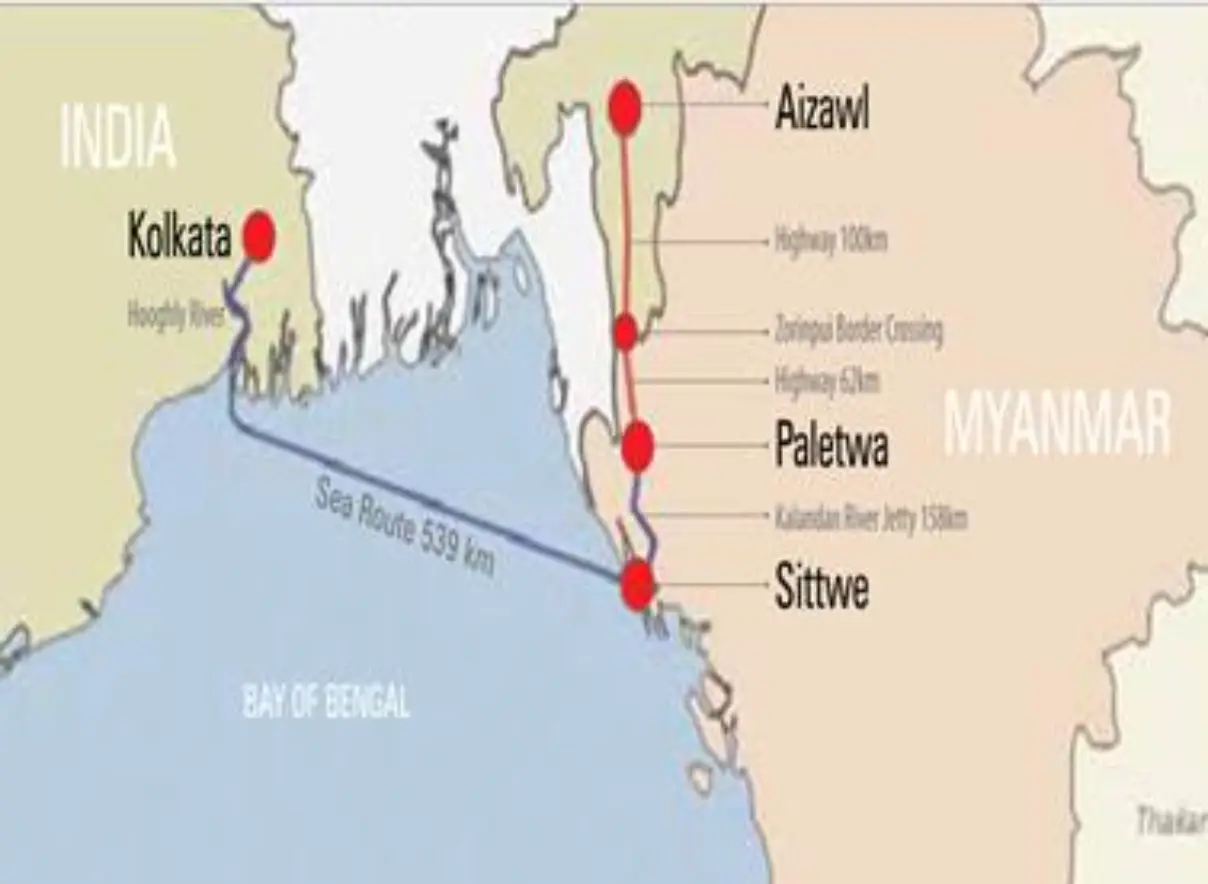
Beyond the obvious trade benefits—shifting from basic cement and timber exchanges toward high-value manufactured goods—Sittwe delivers something far more valuable: a non-Pakistan, non-Bangladesh corridor linking mainland India directly to its isolated Northeast through friendly territor.y. It immunizes India’s Seven Sisters against potential Chinese pressure or Bangladeshi political destabilization—transforming what was once India’s strategic vulnerability into a power projection platform that simultaneously boosts regional commerce while cementing India’s maritime dominance in contested waters.
Operationalizing Mizoram road link critical
The freshly inaugurated Sittwe port may slash Kolkata-to-Northeast transit times by half, but the critical 110km Paletwa-Zorinpui road link remains caught in the crosshairs of intensifying regional violence that threatens to render the entire project unusable.
The recent Kuki-Meitei bloodshed in Manipur echoes the broader regional volatility that undermines India’s ambitions, creating a strategic Catch-22 where Northeast development depends on Myanmar connectivity which itself remains hostage to Northeast insurgencies.
For Delhi’s strategists, the brutal calculus remains whether Sittwe’s potential economic dividends justify its massive investment in such contested territory, especially as China’s influence expands through regions where India struggles to maintain basic order, let alone project power.
This raises concerns about India’s long-term strategy of linking Sittwe Port with Matarbari on the one hand and accessing Chittagong Port to facilitate exports from northeastern states on the other. In anticipation of continued anti-India rhetoric in Bangladesh, the maturity of Sittwe Port is critical for India’s strategic and economic considerations.
Calculated long-term bet?
India’s massive investments in both the Kaladan project and the Shillong-Silchar expressway represent a calculated long-term bet against Bangladesh’s reliability as a transit partner. While Sittwe offers strategic autonomy, its viability remains hostage to Myanmar’s internal stability—making this a high-risk, high-reward proposition.
The current trade between India and Myanmar primarily includes construction materials like cement and steel from India, while imports from Myanmar include rice, timber, and seafood. But the real prize lies in future high-value commerce and securing India’s geostrategic position in a region where China continues expanding its influence.
For Delhi’s strategic planners, the equation is clear: Bangladesh’s hostility under Yunus makes the Sittwe gambit not just desirable but necessary, despite its complications. By developing this alternative lifeline to the Northeast, India creates leverage against both Chinese encroachment and Bangladeshi pressure—a critical insurance policy worth its weight in infrastructure gold, especially as regional politics grow increasingly volatile and unpredictable.
In this high-stakes Great Game playing out across South and Southeast Asia, India’s northeastern states have transformed from strategic liability to potential powerhouse—provided the corridors being built can deliver on their promise despite the crossfire surrounding them.

